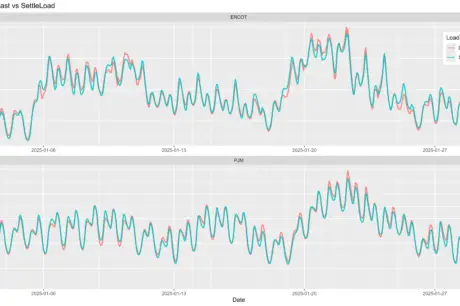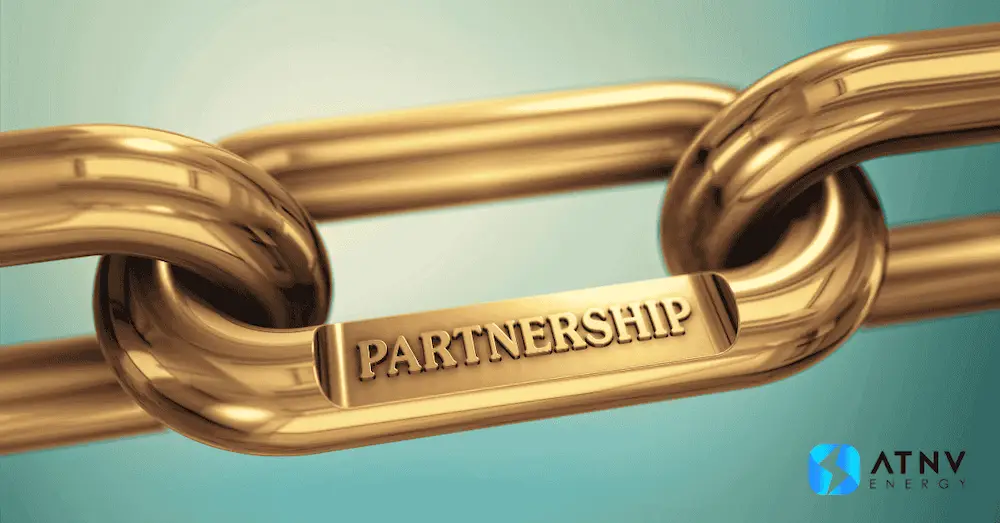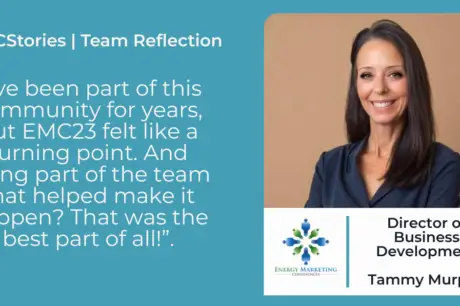Retail energy providers (REPs) are rushing to modernize their enterprise architecture in order to stay relevant to their customers. New products, services, and programs are rapidly transforming the industry. This transformation and the need to modernize almost always require a new core billing/CIS platform. However, while even a normal (non-retail energy) company would likely need to migrate or make historical data available in a new platform, a REP faces an increased set of challenges due to the unique regulations that must generally be met along with a host of other needs.
Data migration is a critical aspect when moving businesses from one platform to another. It requires the right blend of resources with functional and technical knowledge of the source and target systems. As a first step, it is important to identify all the data objects and the business owners for the data objects in order to understand and identify the various business rules around the data. It is key to work directly with source/target product vendors to identify system data formats, configurations and provide early insights into the data to identify complex scenarios. In addition, it is essential to identify any data gaps early and work with business users and vendors to fill them.
From a technical point of view, understanding the source system’s architecture, schemas, and relationships is also critical. A migration framework should be designed for the effort and needs to be flexible so it can handle frequent changes in the requirements when new scenarios are identified. All teams must understand how the migrated data will affect day-to-day operations as well as upstream/downstream impacts. Transformed data in the target system should be aligned such that data components, calculations, calculated values, and financial reports can be compared and match between the two systems.
CIS/billing projects within REPs have many specific and unique challenges and issues that commonly arise. Some specific areas to keep in mind when planning an effort are:
- Have a plan for migrating AR balances from the legacy system. There are many nuances that can throw off a migration. Understand how the timing and process of transactions/bills impact AR so that it is migrated accordingly. Spend time identifying AR that is already wrong in the source system and fix it prior to migration.
- Work with the legacy and the new system vendors to define clear cutoff dates for EDI. Get the final AR balances from the legacy system on a cutoff date and migrate them to the target system. Ensure the new system is updating AR from EDI after the cutoff date.
- Make sure the critical financial reports are working as expected after migration.
- Some legacy CIS platforms may not have the capability to match payments with invoices. Have a strategy to match invoice and payment data and to understand what invoices need to be migrated as unpaid/open.
- Work with business subject matter experts (SME’s) in an early stage of the project to identify utility-specific data elements (rate class, load profile, ICAP, NIT, etc.) that are specific to some utilities and fill in any gaps before migration.
- Since the legacy systems most likely have been in use for years, it is important to identify what length of historical data is critical to the business and set appropriate cutoff dates.
- Plan the migration and testing process so that you have the ability and time to test that both systems are generating the same invoice amounts. Pricing components (Products, Blocks) must be thoroughly reviewed, and conversion logic must be defined accurately. This should be tested during multiple parallel testing cycles with different product scenarios (simple, medium, and complex). Required tweaks must be performed based on the results from parallel testing until the desired result is achieved.
The pace of change within the retail energy industry has been accelerating with new technology-focused REPs entering the market every month and incumbents embracing the latest technologies to be able to offer new, exciting products and services. For legacy REPs, moving to new cutting-edge platforms is critical. While there are many potential pitfalls when making such a move, if they follow the guidance included in this article their data migration should be able to stay on track.
By Rajesh Maddala, Senior Consultant at Capco, a global management and technology consultancy dedicated to the financial services and energy industries.












